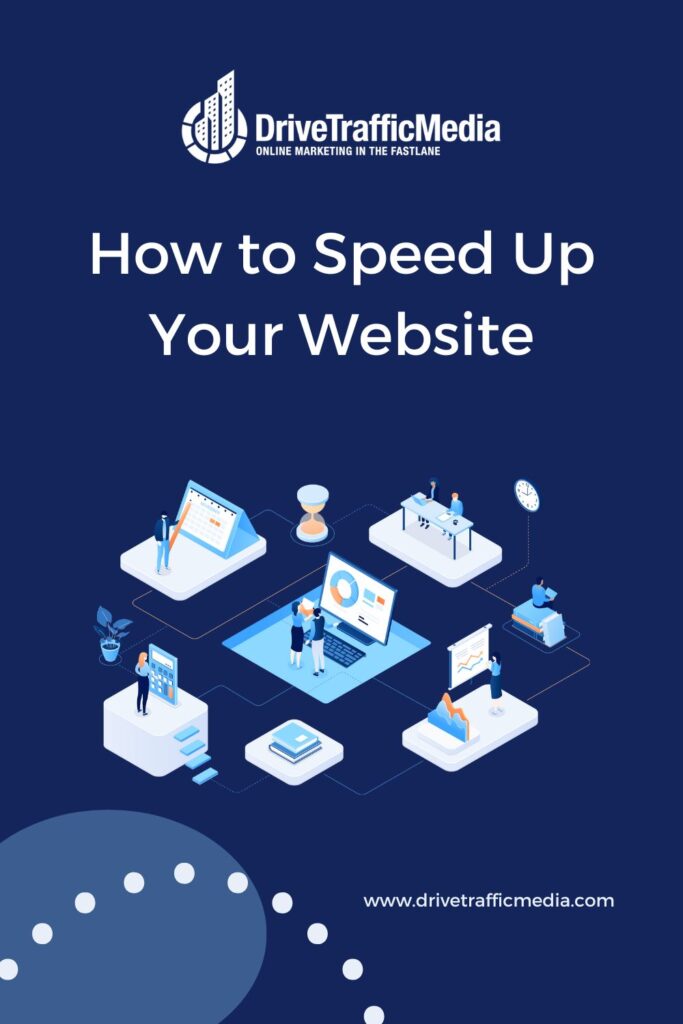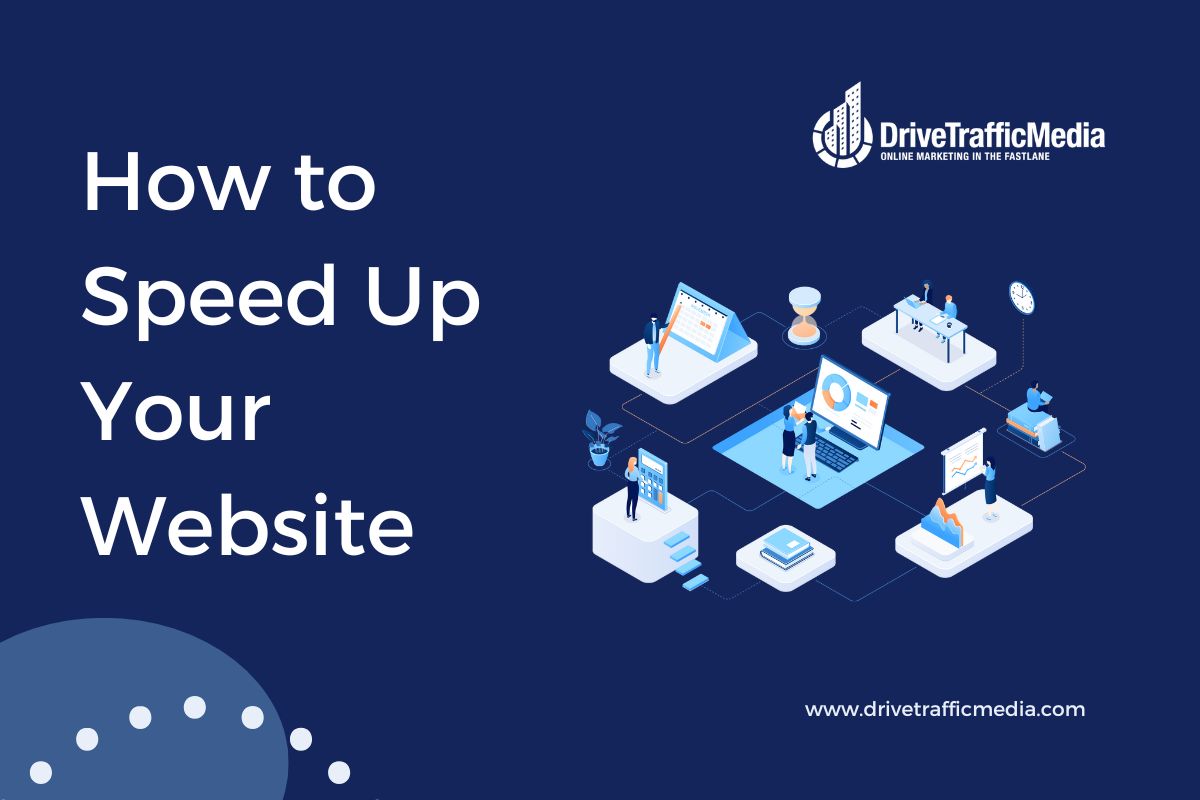Page loading speed is an essential factor in website design in Los Angeles that can significantly impact customer satisfaction, search engine rankings, and, ultimately, the growth of your business. Readers may become agitated and click away if your website takes too long to load, resulting in lost engagement opportunities, leads, and sales. Today’s world is busy, busy, busy, and people don’t have the time to wait for something when they can get faster service elsewhere.
Here are some tips to speed up your page loading:
Optimize Images
Images are often the most significant contributors to page bloat and can slow down your website significantly because images take a while to load. To optimize your images, you can reduce their size, compress them, and use the appropriate file format (JPEG, PNG, etc.) for each image. For example, JPEG is lower-quality but uses less data, while PNG is the opposite. You can use image optimization tools or plugins to automate this process.
Optimizing images also ensures that people with a slower Internet connection can view them despite the hindrance.
Minimize HTTP Requests
Whenever users visit your website, their browser sends HTTP requests to the server to fetch resources like images, scripts, and stylesheets. The more requests a page requires, the longer it takes to load because it’s still waiting for everything you’ve requested. You can minimize HTTP requests by reducing the number of images, scripts, and stylesheets used on your page.
Simplicity is the key. Only add essential things.

Use a Content Delivery Network (CDN)
A content delivery network (CDN) is a vast network of servers distributed worldwide that store cached versions of your website’s static assets, such as images and CSS files. Using a CDN, you can deliver content faster to users by serving them from the server closest to their location. It’s like the difference between international shipping and local shipping!
Use Caching
Caching stores frequently used data in memory or on disk to retrieve it more quickly the next time. So, the next time your customer visits your website, data they’ve used before, such as purchase history and credit card information, is locked and ready to go.
You can use caching plugins or solutions to cache your website’s pages, scripts, and images.
Minify and Compress Code
Minifying involves removing unnecessary white space, comments, and line breaks from your website’s HTML, CSS, and JavaScript files.
Please note that minimizing white space only refers to removing it on the back end. If you have white space on your website design in Los Angeles, that is A-okay! Conversely, compressing consists of reducing these files’ file size by using gzip or other compression methods. Both minifying and compressing can significantly reduce the file size of your website’s code, making it load faster.
Optimize Web Fonts
Web fonts can also slow down your website if they are not optimized. To optimize web fonts, you can use font subsets, which only include the characters used on your website. You can also use font display, which controls how and when fonts are loaded on your website.
Additionally, you can only use fonts that are defaulted on many computers. Using a font that has to be downloaded could take some precious seconds off of your page loading speed as the website still has to load them.
Use Lazy Loading
Lazy loading is a technique that delays the loading of non-critical resources, such as images and videos until they are needed. You can see this when you scroll down a page and see an image loading, which can significantly reduce your website’s initial load time. Use a fast web hosting service. Your web hosting service can also impact your website’s loading speed. Choose a web hosting service with fast load times, low latency, and reliable uptime.
Monitor Your Website’s Performance
Finally, it’s essential to regularly monitor your website’s performance to identify any issues impacting its loading speed. You can use tools like Google PageSpeed Insights or GTmetrix to analyze your website’s performance and get recommendations for improvements. If you notice that your bounce rates are increasing and your conversions are decreasing, page loading speed could be the culprit.
In conclusion, there are many ways to speed up your page loading speed, from optimizing images and minimizing HTTP requests to using a CDN and monitoring your website’s performance. By implementing these tips and regularly monitoring your website’s performance, you can ensure that your website loads quickly and provides a great user experience for your visitors.
